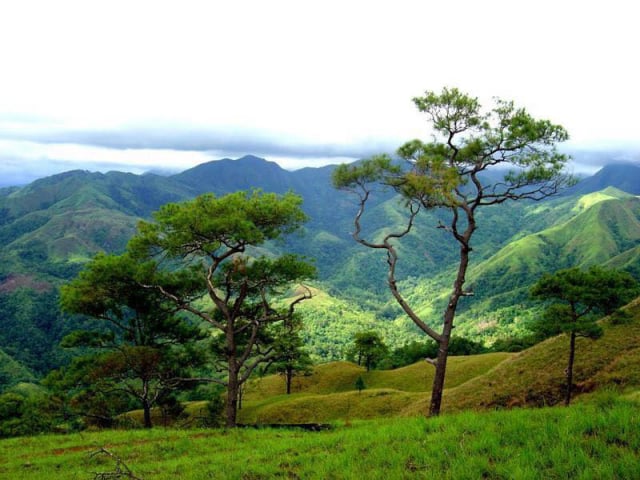Barangays > Pag-Asa

|
Brief History |
The indigenous people belonging to the Alangan tribe gave the name Tuong to this place. It was the term they used to describe the merging of the waters of Amnay and Rayusan River at the western portion of the plains in this area.
A few years after World War II, many families of farmers from the Ilocos region who were looking for vacant lands to till, arrived in this place. They occupied Tuong and they requested the national government to distribute the land to them. Since during that time the main program of the late President Ramon Magsaysay was Land for the Landless, the agricultural land occupied by the farmers were awarded to them.
The population of Tuong grew until it became a sitio of Brgy. Victoria. The number of inhabitants continued to multiply and in 1958 the settlers requested the municipal council of Sablayan to separate their community from Victoria and elevate it to the status of a barrio.
When the people of Tuong decided to change the name of their barrio, an old man suggested calling the place Magsaysay. Another old settler proposed Rang-ayan, an Ilocano word which means Hope in English and Pag-asa in Tagalog. The settlers agreed on Rang-ayan but when their leaders were about to register the name at the municipal office, the late Mayor Leoncio Ordenes suggested that since majority of the people of Sablayan understand Tagalog, its much better if Pag-asa would be the official name of their community. The barrio leaders were convinced by the suggestion of the late mayor. Nevertheless, up to the present time, some inhabitants of this place still call their community as Rang-ayan.
The creation of the barrio and the opening of an elementary school in Pag-asa happened simultaneously. The number of schoolchildren grew until the administrators of Sablayan National High School decided to open extension classes of their secondary school in this barrio.
At the time of its creation as a barrio, Pag-asa has six sitios, namely; Guitong, Selina, Tiloy, Manamlay, Pulong Gugo and Lagnas. At present, since Selina (Ilvita) and Manamlay (San Agustin) were created as separate barangays, Pag-asa has only three sitios left, namely; De Leon, Guitong and Villacruz.
When the improvement of the national highway from Mamburao to San Jose took place, it passed through Pag-asa. Due to this development, the barrio became a temporary resting place of the drivers and conductors of passenger jeeps and buses. The farmers were able to sell their agricultural products to the passengers of the land transportation vehicles.
Pag-asa was also one of the places heavily damaged by the flood which occurred in Sablayan in 1989. The crops of the farmers were destroyed. A wide area of ricefields and cornfields were eroded by the strong current of the river and were covered with sand.
During martial law period, Pag-asa was one of the communities frequently visited by members of a rebel group. Fortunately, no bloody encounter occurred between the government soldiers and the rebels in this place.
A training center for the indigenous people was constructed by the Catholic Church in Pag-asa in 1995. The said building also served as training center for lay leaders and catechists after St. Joseph the Worker Parish-Pag-asa was created in 2002. Through the efforts of its first parish priest, Fr. Edgar Javier, SVD a concrete road from the national highway to the center of the barangay was constructed.


